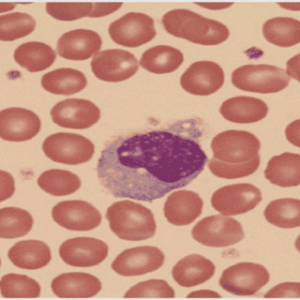(Downloads - 0)
For more info about our services contact : help@bestpfe.com
Table of contents
General Introduction
1. Grape plant: general introduction
1.1.1 Grape plant: economic importance
1.1.2 Grape: a model for woody perennials fruit crops
2. Fleshy fruit development: specificities of grape berries
Fleshy fruit development
Specificity of grape berry development
3. Relevance of epigenetic mechanisms in plant
Histone post-translational modifications
a. Numerous histone post translational modifications and histone variants contribute to the epigenetic information
b. The genome wide distribution of HPTMS shape the epigenetic landscape
c. HPTMs dynamic is controlled by specific enzymes
d. A diversity of mechanisms are involved in the targeting of histone writers / erasers
e. Regulation of HPTM remodeling
DNA methylation
a. Mechanisms of DNA methylation in plants
b. DNA demethylation
c. DNA methylation distribution in plants
4. Epigenetic regulations in fleshy fruits
Evidence that HPTMs are essential to fleshy fruit development
Genome wide DNA methylation reprogramming is critical to fruit ripening
a. DNA methylation role in fruit development and shape
b. Evidence that DNA methylation is critical to fruit ripening
Interaction between hormones and epigenetic regulations in fleshy fruit development and 1.4.3ripening
5. Objectives of the PhD project
Analysis of the role of DNA methylation in grape berry ripening:
The use of in vitro grape cell culture as a model system to evaluate the potential role of 1.5.2DA methylation on anthocyanin synthesis in grape cells
CHAPTER II Abstract
1. Introduction
2. Material and Methods
Identification of grape DNA methyltransferases and Demethylases
Plant Material
In vitro Culture of grape berries
Nucleic Acid extraction
Gene expression analysis by Real-time-PCR
RNA-Seq analysis
Whole genome bisulfite sequencing analysis
3. Results
DNA Methyltransferase inhibitors delay grape berry ripening
Characterization of Grape Berry development and Ripening
a. Berry Development and Ripening
b. Tissue Specific Metabolite changes during berry development and Ripening
Organic Acid accumulation
Soluble sugar accumulation
Anthocyanin composition and concentration
Transcriptomic analysis of grape berry during development and ripening
a. Summary of RNA seq data
b. Differential Gene Expression between pulp and skin of grape berry
c. Differential Gene Expression between developmental stages
d. Validation of RNA seq data
Identification of grape DNA methyltransferases and demethylases.
MTase and DML genes present similar expression patterns during grape berry development with RNA seq and RT QPCR
e. Transcriptomic variations in skin and pulp during berry ripening
f. Go Analysis of DEGs
Functionnal Annotation of Group A DEGs
Functionnal Annotation of Group B DEGs
g. Photosynthesis related genes are more repressed in pulp and skin during ripening
h. Genes encoding enzymes involved in cell wall metabolisms present complex expression patterns during ripening.
i. Genes involved in soluble sugar synthesis and transport are highly expressed in the pulp
j. Organic acid related genes reflect the differential accumulation of OA in berry tissues
k. Hormones
l. Genes involved in Secondary metabolite accumulation are specifically induced in the skin during berry ripening
Analysis of changes in the DNA methylation landscape in fruits tissues during ripening
a. Summary of DNA Methylation analysis
b. Features of grape berry DNA methylomes
c. DNA Methylation changes during berry ripening
d. Analysis of differentially methylated regions
e. Methylation and gene expression.
4. Discussion
In vitro treatment with DNA methyltransferase inhibitors affected grape berry ripening2.4.1
Pulp and skin present specific metabolite, transcriptomic and methylation characteristics.2.4.2
There is no clear link between DNA methylation variations at promoters and changes in 2.4.3gene expression.
5. Conclusion
6. Chapter II Supplementary Material
7. Chapter II References



